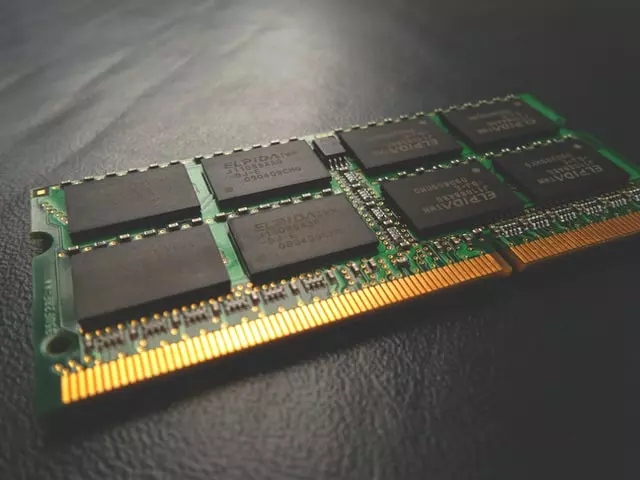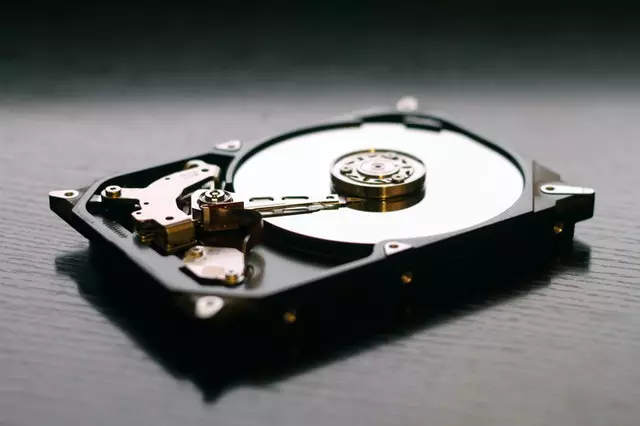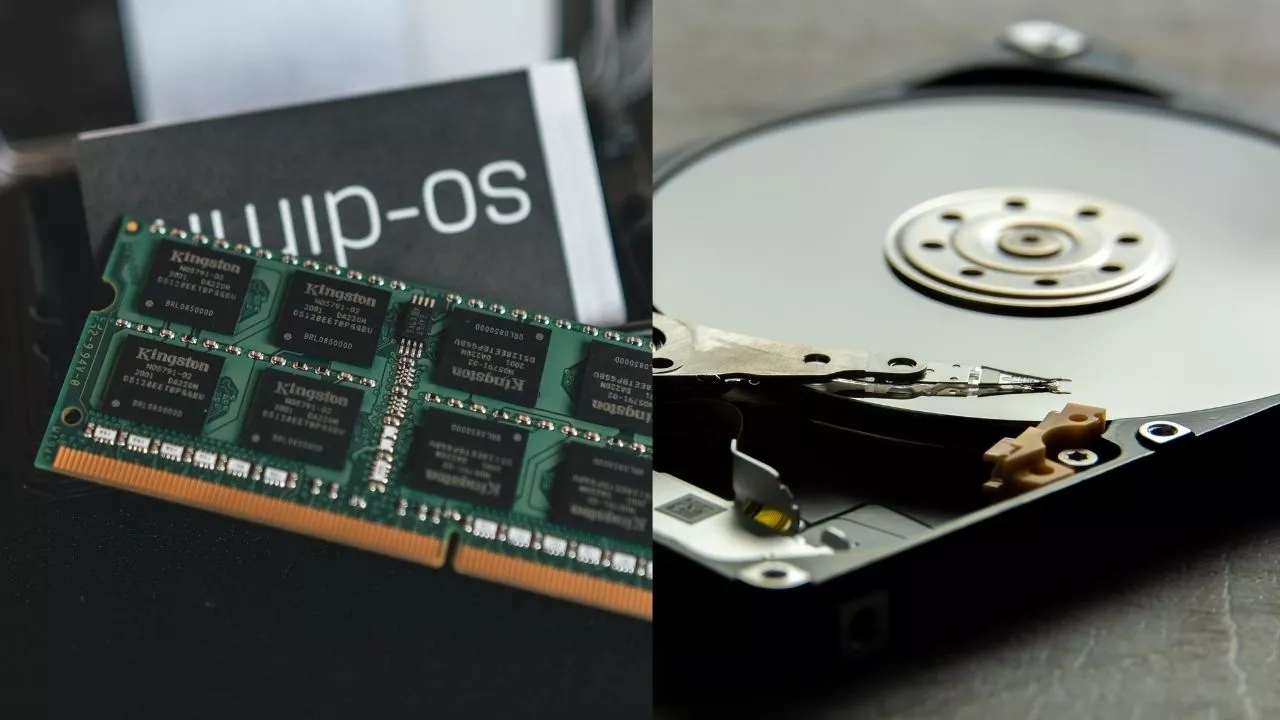Computers are used in almost all aspects of our lives, be it at work or during leisure time. However, one thing that often gets in the way is the performance of a computer.
Nowadays, there are many software and hardware tools that can help you to improve the performance of your computer.
Techniques like removing junk files and defragmenting your disk drive can go a long way in improving the performance of your computer.
In recent years, the performance of computers has been improved in the following ways:
- Upgrading to a new operating system, which is more updated and has better graphics.
- Installing a few programs that help speed up computer performance.
But in this article, we’re going to talk about two components only, which are RAM and Storage, which one to invest your money in and which one will improve your computer’s performance.
The Benefits of Having More RAM

One of the most important factors that can affect performance is the amount of RAM on your computer. The more RAM you have, the better your computer will be able to perform.
RAM (Random Access Memory) is a type of computer storage used for caching temporary data and data that are currently being worked on by the CPU. By storing temporary data or data that are currently being worked on, it allows for faster access and retrieval time for those items.
The benefits of having more RAM:
- Faster loading and saving times.
- Reduced lag during multitasking.
- Increased ability to run larger applications without slowing down.
- Increase in system stability, reliability, and power efficiency
RAM does not cost as much as storage but it can be at least five times faster than an HDD. The downside to RAM is that it only operates when the system is running whereas hard drives are always available for use even when the system is idle or powered off.
RAM is much faster than hard drives so it can store more data. However, it is much more expensive than storage so you need to know what you need the most.
Is 32GB RAM too much?
More RAM means that a computer can run multiple tasks at the same time.
For digital content, more RAM will allow for faster loading times and smoother transitions when switching from one app to another.
Yes, 32GB of RAM is too much, but it does depend on what kind of content you are working with. For example, if you are working with video editing software or rendering a 3D animation in your Adobe Suite, then no, 32GB of RAM wouldn’t be too much. However, if you’re a content writer or someone who uses Microsoft Office products a lot, or a web developer who primarily uses text-based editing software then 32GB of RAM would be too much for you.
The Benefits of Having More Storage

The storage is a place for people to save their work. But if the storage becomes full, they will not be able to save anything else.
We can use storage as a way to keep our work safe and secure from getting lost or corrupted. For example, when we edit videos on our computers, we want to make sure they are not deleted by mistake. A full hard drive would mean that those files would be deleted from the computer.
Is it better to have more RAM or storage?
The answer to this question depends on the task.
RAM is used for storing and processing information while storage is used for permanently storing data.
Since RAM is used for processing and storage, it will give a better performance when there are large data sets that need to be processed quickly. On the other hand, having more storage will allow the user to store more data in a single place which can be useful if you don’t want to keep transferring files between different devices or if you have a large library of photos and videos.
In order to speed up any computer process, you need to have enough RAM so that your CPU can access the required information quickly.
Therefore, having more RAM will result in faster processing speeds of your computer if you cannot afford to get a new hard drive.
There’s something else to consider if you don’t have an SSD already, SSD stands for Solid State Drive which is much faster than old HDDs (Hard Disk Drive) but the downside is the noticeable price difference.
Having an SSD will result in faster boot times, faster file transferring between different partitions, and faster performance in general.
